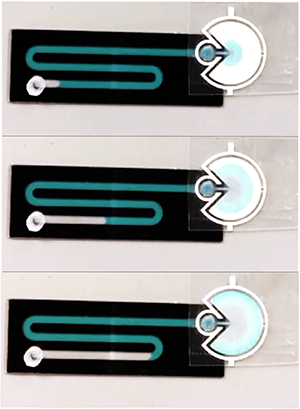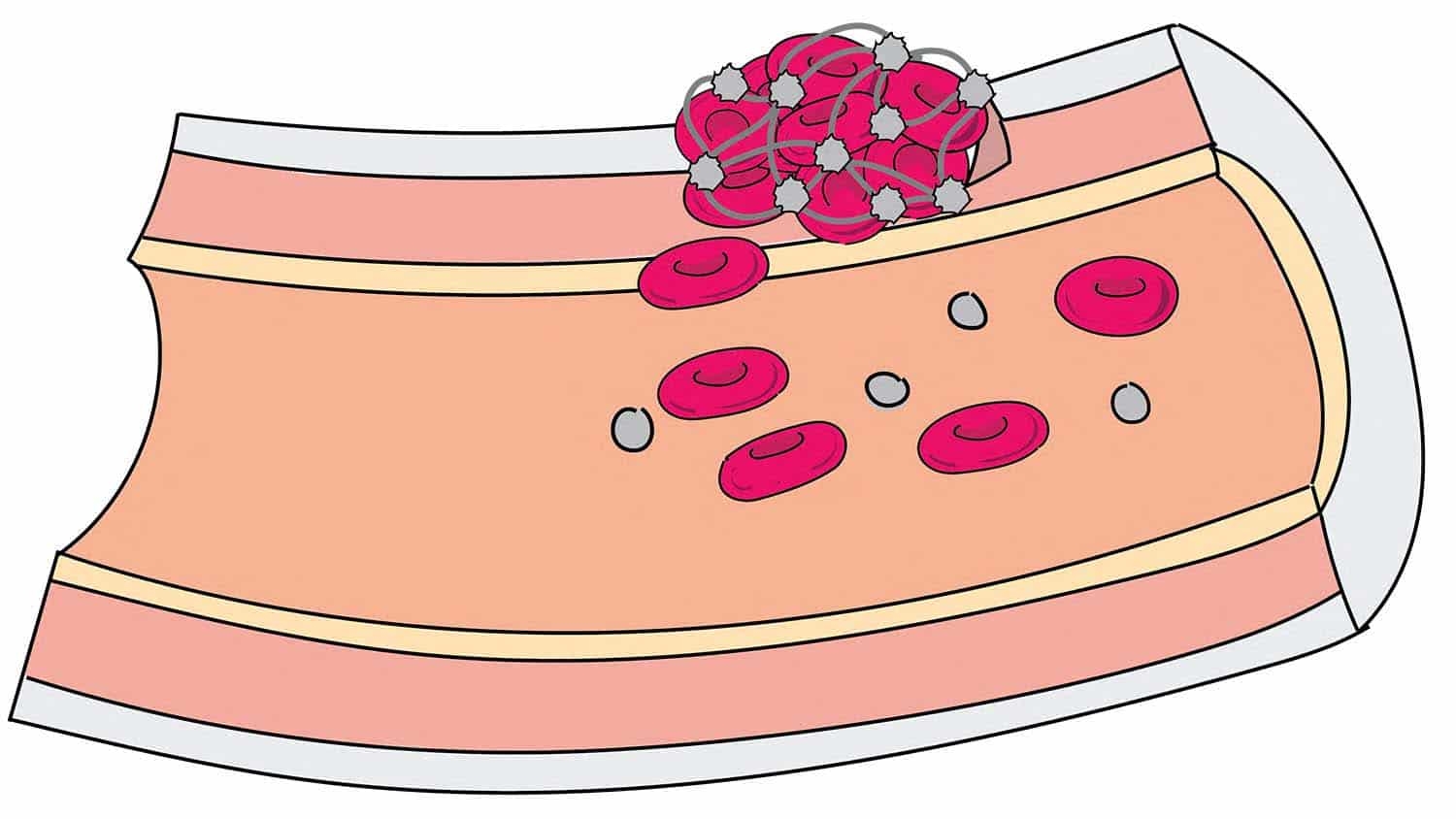Paper pumps power portable microfluidics, biomedical devices
 Researchers in the UNC/NC State Joint Department of Biomedical Engineering (BME) have developed inexpensive paper pumps that use capillary action to power portable microfluidic devices, opening the door to a range of biomedical tools.
Researchers in the UNC/NC State Joint Department of Biomedical Engineering (BME) have developed inexpensive paper pumps that use capillary action to power portable microfluidic devices, opening the door to a range of biomedical tools.
Microfluidic devices are devices that manipulate fluids that have a volume of one microliter or less — volumes substantially smaller than a single teardrop. These devices hold promise for use in applications ranging from biomedical diagnostic tools to drug testing technologies.
“One longstanding challenge to the development of portable, real-world microfluidic device technologies has been the need to find a cost-effective way to pump fluids through the device when outside of the lab,” says Dr. Glenn Walker, co-corresponding author of a journal article on the work and an associate professor in BME.
“Portability is important because it makes new applications possible, such as diagnostic tools that can be used in the field. Electric pumps, and tubing to connect them, are fine for a laboratory environment, but those aren’t easy to take with you.”
Now Walker and his collaborators have developed a new way to not only pump fluids through microfluidic devices but to exert substantial control over that flow. They can stop and re-start the flow, control the rate of the flow, and control how long the flow lasts.
“And, because our approach is a new twist on an age-old technology, our pumps are extremely cost effective,” Walker says.
The age-old technology he’s referring to is paper.
The researchers call their pumping system a hydraulic battery, but it doesn’t involve electricity in any way. Instead, the “battery” draws its pumping power from capillary action.
If you’ve ever seen a paper towel soak up a spill, you’ve seen capillary action at work. Broadly speaking, capillary action is the tendency of liquids to be drawn into small spaces by surface tension. In the context of the hydraulic battery, it is the tendency of water — and aqueous liquids, such as blood — to be drawn into the pores found in a piece of paper.
“Our system uses pieces of paper that are 125 microns thick, little more than the width of a single hair,” Walker says. “Capillary action pulls a liquid into the paper. And by changing the shape of the paper, we are able to control how much liquid is pulled through an attached device — and how quickly that happens.”
Return to contents or download the Fall/Winter 2017 NC State Engineering magazine (PDF, 6.8MB).
- Categories:


